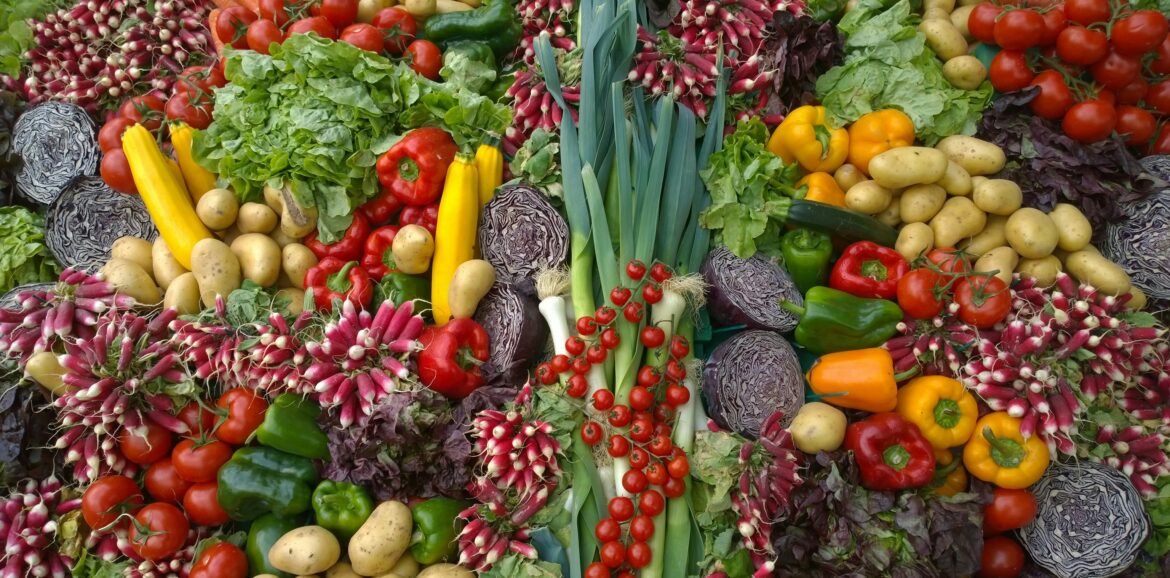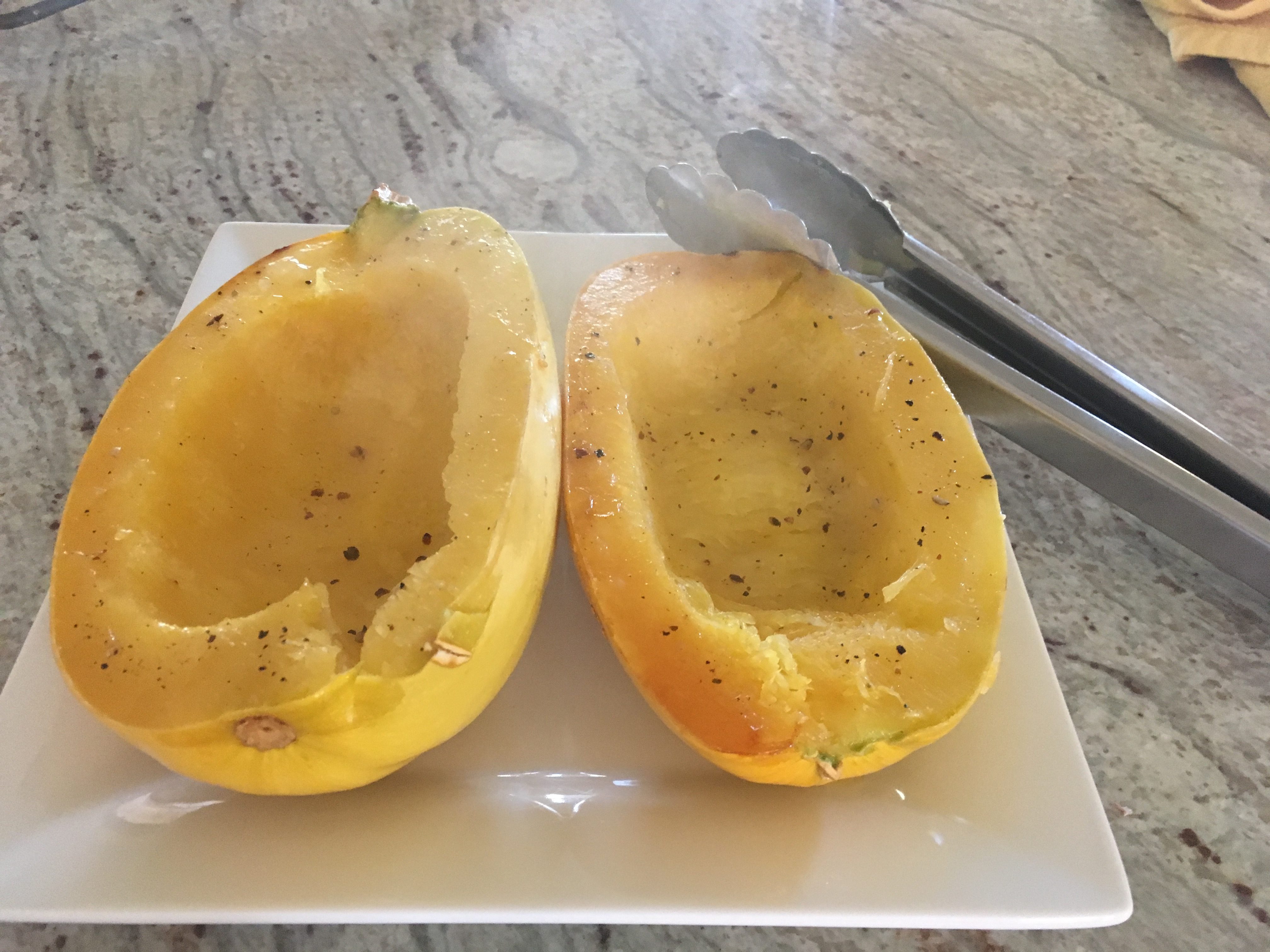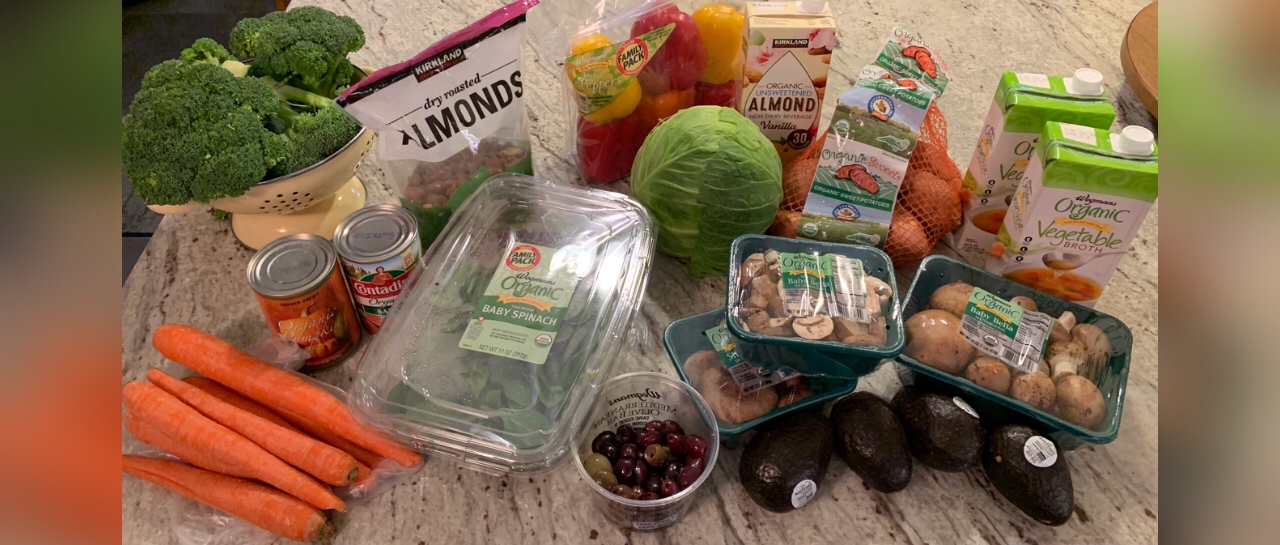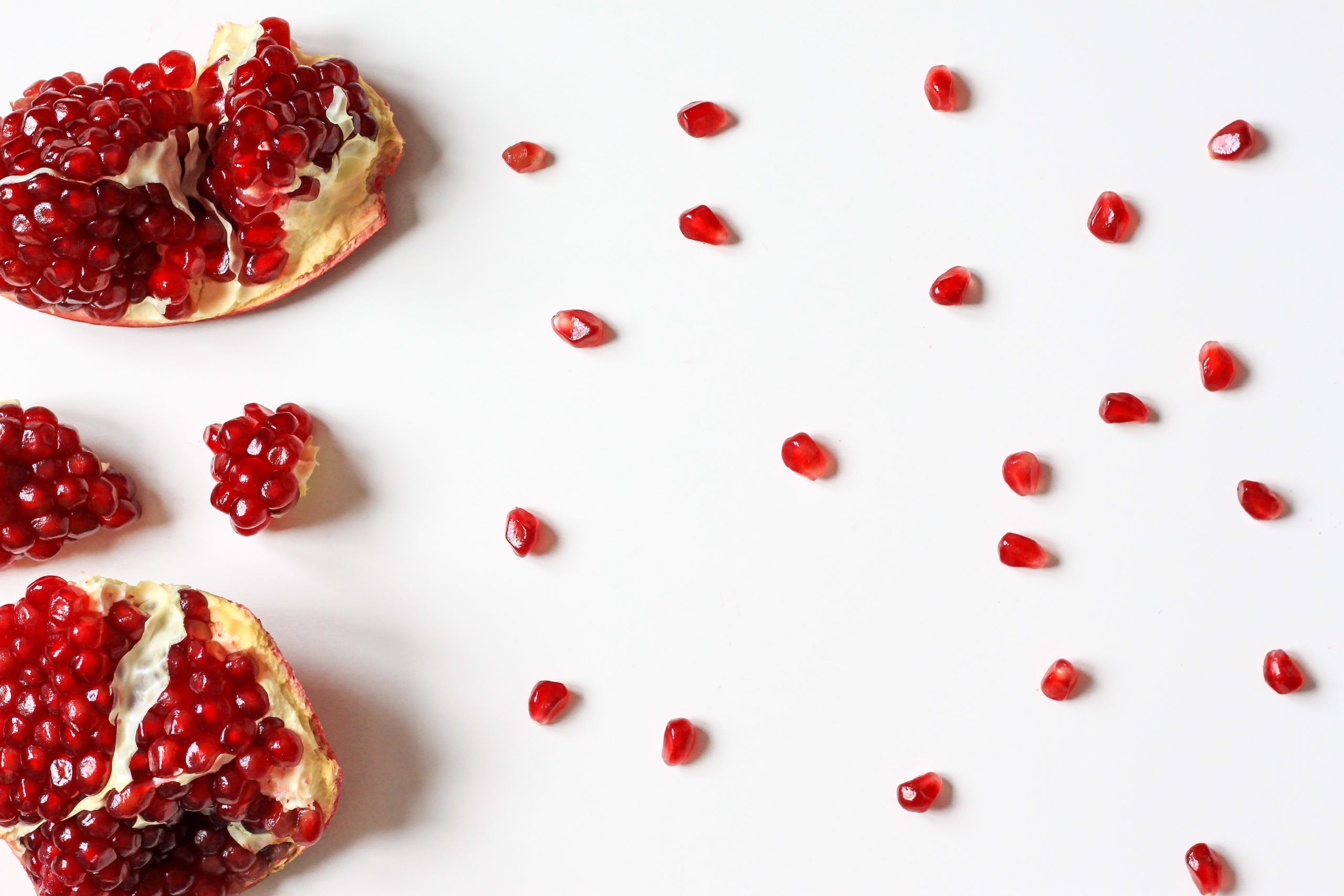We’ve all been bombarded with messages about the amazing weight-loss power of prescription injectables like Ozempic and Wegovy, GLP-1 (Glucagon-like peptide-1) agonists. What we don’t hear so much about are the drawbacks – especially the side effects and the astronomical expense. While these drugs can be very helpful for some people, they are a metabolic band-aid in that they don’t fix the root cause of diabetes and obesity, which is preventing the body from regulating metabolism, digestion, hunger hormones, and satiety. These drugs may also be problematic in the long run due to the large loss of muscle mass along with fat – putting people at risk for muscle-wasting, porous bones, loss of stability, reduced quality of life, and ultimately early death.
As a functional medicine health coach, I believe in harnessing the power of natural approaches to enhance our health. The great news is that we can boost our body’s natural production of GLP-1 with very simple, basic diet and lifestyle changes.
1. Increase SCFA Production with Fiber
We make short-chain fatty acids (SCFAs) when fiber is fermented in the gut. They play a vital role in boosting GLP-1 levels. Consuming more fiber-rich foods and incorporating probiotics and low-sugar fermented foods like sauerkraut, kimchi, and miso can enhance SCFA production. Aim for 1-3 servings of these fermented foods daily to support gut health and GLP-1 secretion.
2. Eat More Colorful Foods (and I don’t mean Skittles!)
Polyphenols are powerful antioxidants found in colorful fruits and vegetables. These compounds help stimulate GLP-1 release. Including a variety of colorful phytonutrient-rich foods in your diet, such as berries, grapes, dark leafy greens, herbs, and spices – even coffee and tea – can provide a broad spectrum of polyphenols. This not only supports GLP-1 levels but also offers numerous other health benefits such as lower cholesterol, improved blood pressure, better insulin sensitivity, and reduced inflammation.
3. Avoid Blood Sugar Spikes
Maintaining blood sugar levels within a healthy range is crucial for overall health and for boosting GLP-1. Avoiding spikes in blood sugar by consuming balanced meals with a mix of protein, fiber, and healthy fats can help. Regular physical activity and monitoring your carbohydrate intake are also essential strategies to prevent insulin resistance and support GLP-1 function. Monitoring your blood sugar levels with an inexpensive at-home glucometer or a continuous glucose monitor can help you determine which foods in your diet are causing your blood sugar to spike.
4. Prioritize Protein
We have nutrient-sensing cells in our gut that are responsible for producing GLP-1, and protein intake is a significant stimulator of these cells. Protein is the most satiating macronutrient! Including high-quality protein sources such as meat, turkey, eggs, legumes, hemp, and quinoa in your diet can enhance GLP-1 secretion. Aim for balanced meals that include adequate protein to support metabolic health and appetite regulation.
5. Eat More Greens
Thylakoids, found in the chloroplasts of green plants like spinach, kale, and broccoli, can boost GLP-1 levels and help reduce hunger. Studies have shown that consuming 100 grams (3.5 ounces) of these greens can have beneficial effects on appetite and GLP-1 secretion. Incorporating more leafy greens into your diet is a simple and effective way to enhance GLP-1 naturally.
6. Drink Green Tea
Green tea and matcha are rich in epigallocatechin gallate (EGCG), a compound that can stimulate GLP-1 release. Regularly drinking green tea can support weight management and metabolic health. Aim for 2-3 cups of green tea, or 1-2 cups of matcha daily to take advantage of its GLP-1 boosting and antioxidant properties.
7. Incorporate Curcumin
Curcumin, the active ingredient in turmeric, has also been shown to enhance GLP-1 levels. Adding turmeric to your diet through curries, smoothies, or golden milk can provide a natural boost to GLP-1. Pairing turmeric with black pepper enhances its absorption and effectiveness.
8. Inhibit the Enzyme that Breaks Down GLP-1
Our bodies also make an enzyme, called DPP-4, that breaks down GLP-1. By inhibiting this enzyme, we can help maintain higher GLP-1 levels. Foods like black beans, oregano, rosemary, and guava contain natural compounds that inhibit DPP-4. Incorporating these foods into your diet can support sustained GLP-1 activity and metabolic health.
And Here’s a Bonus!
Eating nutrient-dense foods not only boosts GLP-1 production but ALSO boosts your body’s production of GLP-2 (NOT available in a shot), which improves your body’s ability to absorb nutrients. We ALL want for our bodies to use the good foods we’re giving it. Using these strategies can support your metabolic health, manage your weight, and improve your overall well-being.
Need help putting these strategies into practice?
A health coach can help you figure out how to fit new habits into your life consistently.
Schedule a free 30-minute discovery call to get a taste of what health coaching is all about.






